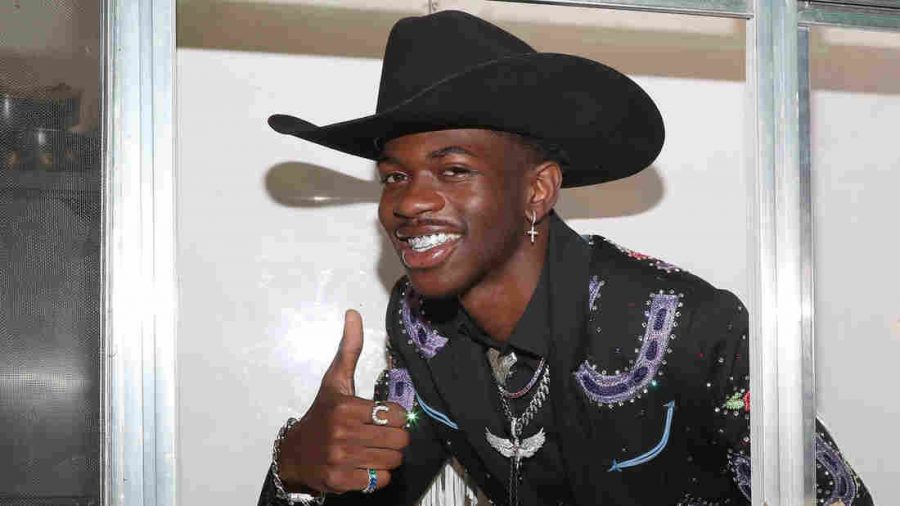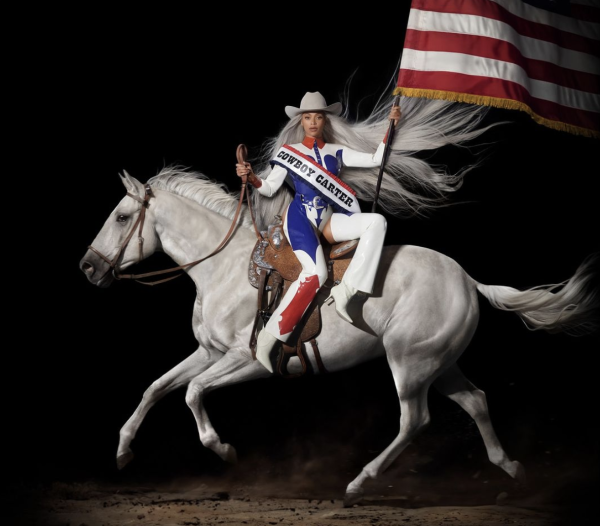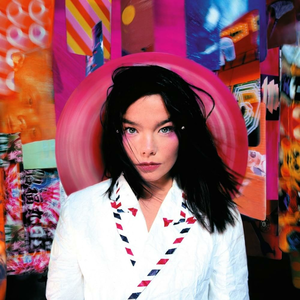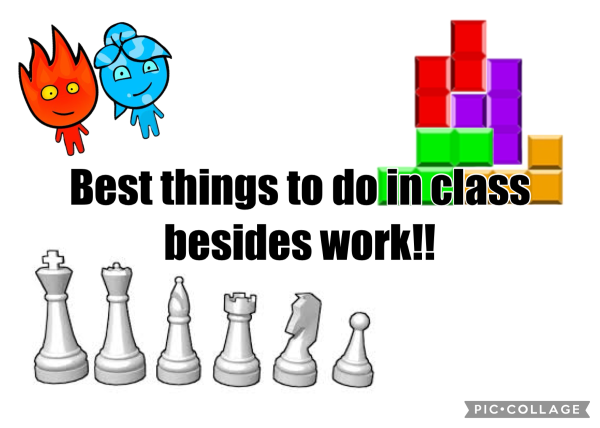The Return of The Remix
How Lil Nas X sparked the revival of an industry trick
Over the summer, new rapper Lil Nas X released several new versions of his hit song “Old Town Road”. It remained the same, yet each one contained a verse from a different famous artist. By the last version released, the track had been crossed by country legend Billy Ray Cyrus, viral yodeler Mason Ramsy and rapper Young Thug. Surprisingly, the public never tired of it, and the excitement only rose with each new version. This technique worked, and the song remained at the top of Billboard’s charts for a record breaking 19 weeks. It sparked a revolution, and remixes have filled the air waves and streams ever since.
The remix originates in 1960’s and 70’s Jamaica, where the sound system culture dominated parties and clubs. It included building large, leveled sound systems complete with subwoofers and tweeters, and having a group of MC’s play and rap over ska, rocksteady and reggae music. Slowly, these practices evolved and became their own genre and sound. The process of creating a remix was simple, but there was loads of room for creativity. On the back side of a single’s 45, there typically included an instrumental version of the track used for clubs and sing-alongs. Artists would take this empty track, record it on a tape, and add heavy reverbs, space and pitched sound effects. These alternate versions were released and were immediate hits, creating the genre of “Dub”. The effects of Dub and its stars hold credit for influencing much of today’s music, most notably in the psychedelics of rappers Travis Scott and A$AP Rocky and, of course, the dance hall genre of Dubstep. Due to it’s success, the remix continues to stay and evolve.
“A remix is good because it reaches a whole new generation. But when it gets too much, its irritating” – A. R. Rahman, Music Producer
Fast Forward 40 years, and Lil Nas X has continued to use this industry trick to gain fame. He played the game, and it worked, but others have caught on. In July, young artist Billie Eilish included Justin Beiber on a remix of her already popular song “Bad Guy”, keeping it in the top of the charts for a few more weeks. Detroit native Lizzo did the same, adding a verse from the newly famous rapper Dababy on her 2 year old anthem “Truth Hurts”. Once again, the method worked, and the song shot up the charts. Others continue to do this, crossing genres from Pop to Rap and Latin.
With plenty of success and little failure, releasing a remix seems like an easy money maker. An artist can gain popularity, money and even break records off of something they have to put little work into. So if the benefits outweigh the costs, why aren’t more artists releasing remixes? Don’t worry, they will soon.













